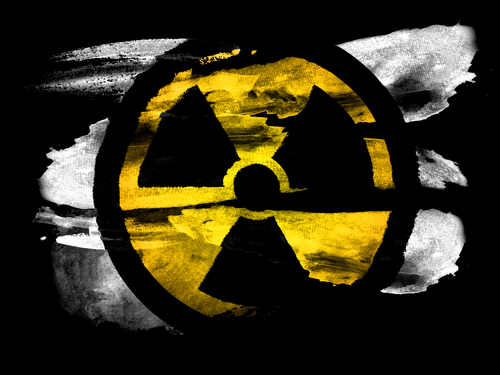 |
Each year, the U.S. Nuclear Regulatory Commission (NRC) reports more than 300 missing sealed sources of radiation, which the Environmental Protection Agency (EPA) says pose a significant risk to human health and the environment through:
- Direct exposure,
- Co-mingling in metal recycling,
- Use in contaminated consumer products, or
- Use in terrorist activities.
At present, concern about managing these radiation sources is spread across several different federal agencies, Cabinet offices, commissions, and state organizations. One of the most promising trends is the search for alternatives to radiation-based industrial devices. Since 2001, these diverse groups have worked together on the EPA’s Alternative Technologies Initiative to develop viable alternatives and make them commercially available to industry.
Need an answer fast? Relax. Our editors guarantee a personalized response to your questions within 3 business days. Take a free trial of Enviro.BLR.com® and see what everyone is talking about. For a limited time, also receive a free 2014 EHS Salary Guide. Download Now.
The Initiative has three principles:
1) Pursue source reduction as the option of first choice in reducing unnecessary exposure to radioactive materials,
2) Take a whole system, life-cycle approach, and
3) Build partnerships inside and outside EPA and with government and industry to reduce the potential of unnecessary exposure to radiation.
Of course, the alternatives have to be acceptable to industry and the EPA identified several factors to consider during the development stage:
Technologies must be cost-effective and viable and the EPA provides technical funding to support development. One example is an alternative portable nuclear gauge for the utility industry that provided a validation and evaluation study, successful introduction, acceptance of industry standards, and ultimately the adoption of the new alternative by the utility industry.
Industry Standards are essential to the commercialization of alternative technologies. The EPA and other stakeholders collaborate to identify what new standards are needed to develop an alternative and work closely with recognized standard-setting organizations such as American Society for Testing and Materials (ASTM) or the American Society of Mechanical Engineers (ASME).
Regulatory Barrier and Issues can also stand in the way of new alternative technologies, such as state regulations for the use of x-ray technology in industrial settings. The Initiative is looking at this barrier to use x-rays as an alternative technology for fixed gauges and radiography cameras, and is working toward developing uniform regulations.
Management Tools required by alternative technology products will also be addressed by the Initiative. Although no projects are currently underway, the EPA notes an example might be a tool that assists manufacturers and end users with understanding life cycle aspects and impacts comparing a nuclear device with an alternative, non-nuclear device.
Everything You Need for Environmental Compliance
Enviro.BLR.com puts everything you need at your fingertips, including practical RCRA, CAA, CWA, hazardous waste regulatory analysis and activity, news, and compliance tools. Try it at no cost or risk and get a FREE report.
Disposition/Disposal Issues are among the most important, especially in light of the high costs and limited number of facilities available. The EPA is currently working with an expert panel and industry representatives to investigate issues related to adopting alternative technologies.
In addition to alternative technologies, the EPA and the Department of Energy (DOE) are also addressing the tracking and monitoring of sealed sources to better ensure their security and safe disposal. One ongoing pilot study is investigating the use of radio-frequency identification (RFID) tags during the transport of high-level radiological sources.
To better prepare the demolition and scrap metal industries for potential contamination incidents, the EPA has also developed training courses and is also working with international agencies to address the problem of imported contaminated scrap metal.
Meanwhile, orphan sealed sources of radiation will continue to be a threat, but one that is being addressed by the EPA and the Conference of Radiation Control Program Directors (CRCPD), which is comprised of state radiation officials. The Orphan Source Initiative helps to locate and control unwanted and abandoned sources and provide for reuse or disposal. Anyone with unwanted radioactive materials can get help and information on the CRCPD web site at http://www.crcpd.org/StateServices/UnwantedRadMat.aspx.
